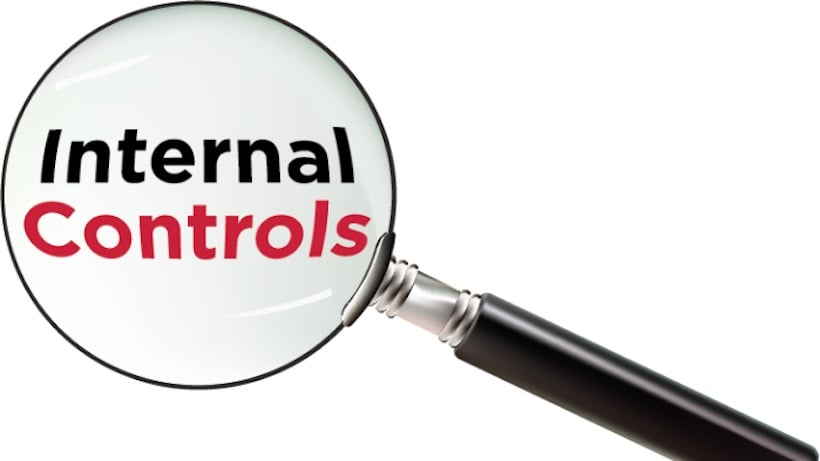Internal Control – Meaning, Objectives, Scope, Limitations. As per SA-315, the internal control may be defined as “The process designed, implemented and maintained by those charged with governance, management and other personnel to provide reasonable assurance about the achievement of an entity’s objectives. Now you can scroll down below and check more details from below….
If you like this article then please like us on Facebook so that you can get our updates in future ……….and subscribe to our mailing list ” freely “
Internal Control
The plan of organization and all the methods and procedures adopted by the management of an entity to assist in achieving the management’s objective of ensuring, as far as practicable, the orderly and efficient conduct of its business, including adherence to management policies, the safeguarding of assets, prevention and detection of fraud and error, the accuracy and completeness of the accounting records and the preparation of reliable financial information.
Objectives of Internal control
- Transactions are executed in accordance with management’s general or specific authorizations.
- Transactions are carried efficiently & effectively.
- All transactions are promptly recorded so as to permit preparation of financial information within a framework of recognized accounting policies and practices and relevant statutory requirement if any, and to maintain accountability for assets.
- Assets are safeguarded from unauthorized access, use or disposition
- The recorded assets are compared with the existing assets at reasonable intervals and appropriate action is taken with regard to any differences.
Scope of Internal control
It extends beyond accounting controls. Basically internal controls can be classified into two broad categories:
Advertisement
(i) Accounting controls
(ii) Administrative controls
Accounting controls primarily aim at provision and timely preparation of reliable financial information by strictly following the procedures and broad policies envisaged by the management. Whereas administrative controls include all other managerial controls concerned with the decision making process. e.g. Preparation and maintenance of approved /registered Vendors’ register.
Limitations of Internal control
- The organizational structure of the entity may not be such as to have an effective system.
- Lack of Management supervision, frequent follow-up measures and so on.
- Management’s perception of cost related to internal control
- Lack of integrity, interest on the part of the personnel bound to follow the systems.
- Abuse of power, like a member of management overriding a control.
- Control system may become redundant with passage of time.
- Collusion between two or more persons may not be prevented.
- Manipulation by management itself with respect to transactions or estimates, judgements in preparation of financial statements.
- The potential for human error.
- Most controls tend towards transaction of usual nature.
The inherent limitations of Internal Control are –
| Cost | Management’s consideration that a control be cost-effective. |
| Unusual transactions | The fact that most controls do not tend to be directed at transactions of unusual nature. |
| Error | The potential for human error. |
| Collusion | The possibility of circumvention of controls through collusion with parties outside the entity or with employees of entity |
| Abuse of authority | The possibility that a person responsible for exercising control could abuse that authority, e.g. a member of Management overriding a control |
| Inadequacy | The possibility that procedures may become inadequate due to changes in conditions and compliance with procedures may deteriorate |
| Manipulations | Manipulations by Management with respect to transactions or estimates and judgments required in the preparation of Financial Statements |
Recommended Articles
